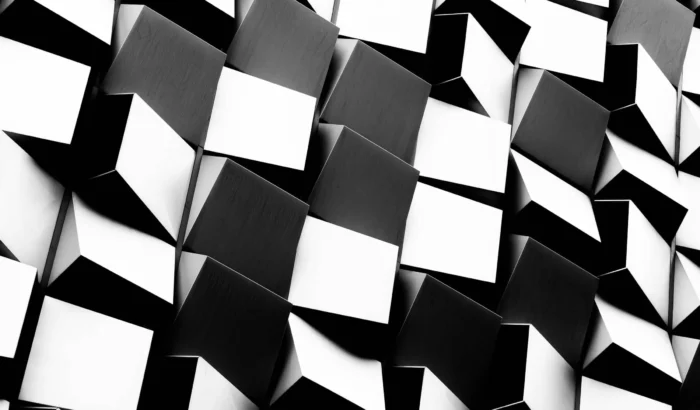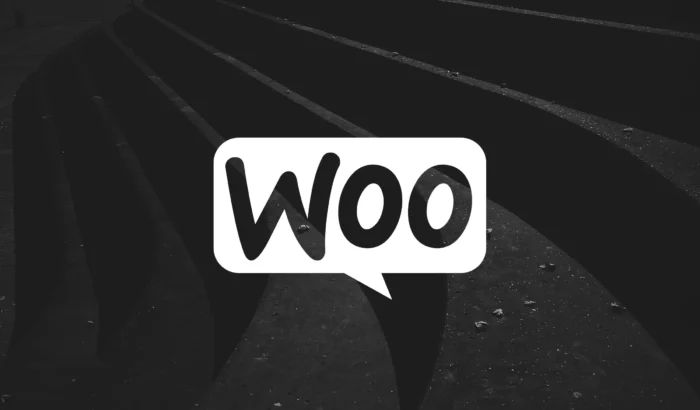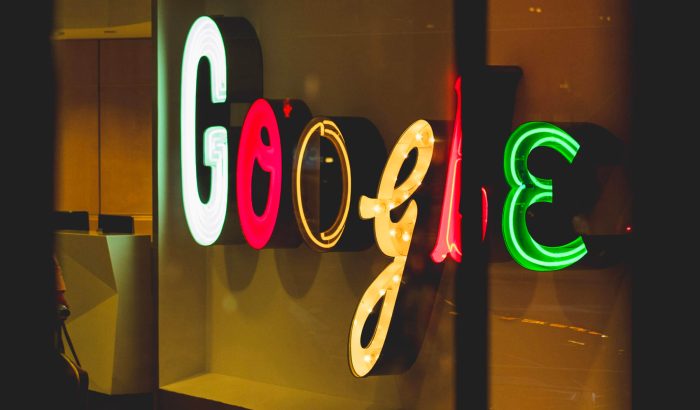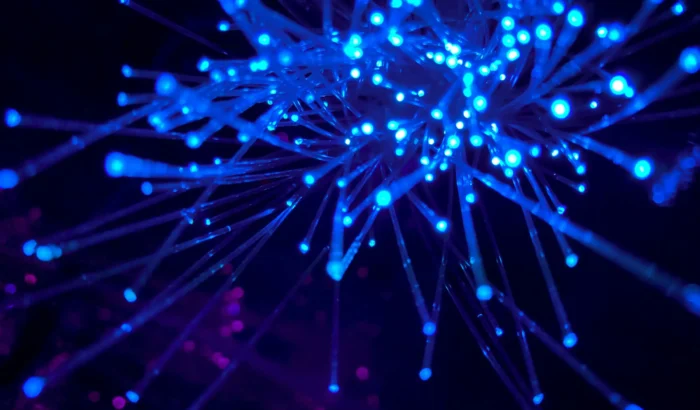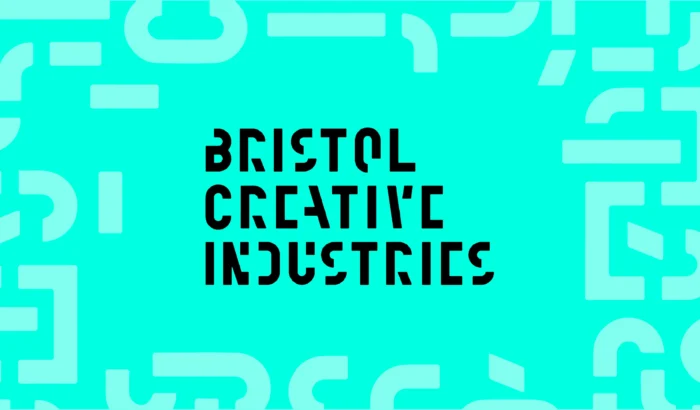Artificial Intelligence In Web Design
Unleashing the Power of AI in Web Design
Artificial Intelligence (AI) has emerged as a game-changing force, promising efficiency, creativity, and innovation.
As a leading WordPress developers, we find ourselves at the intersection of human ingenuity and AI’s potential, exploring the benefits and drawbacks of integrating AI, including tools like Adobe Firefly, into our design processes.
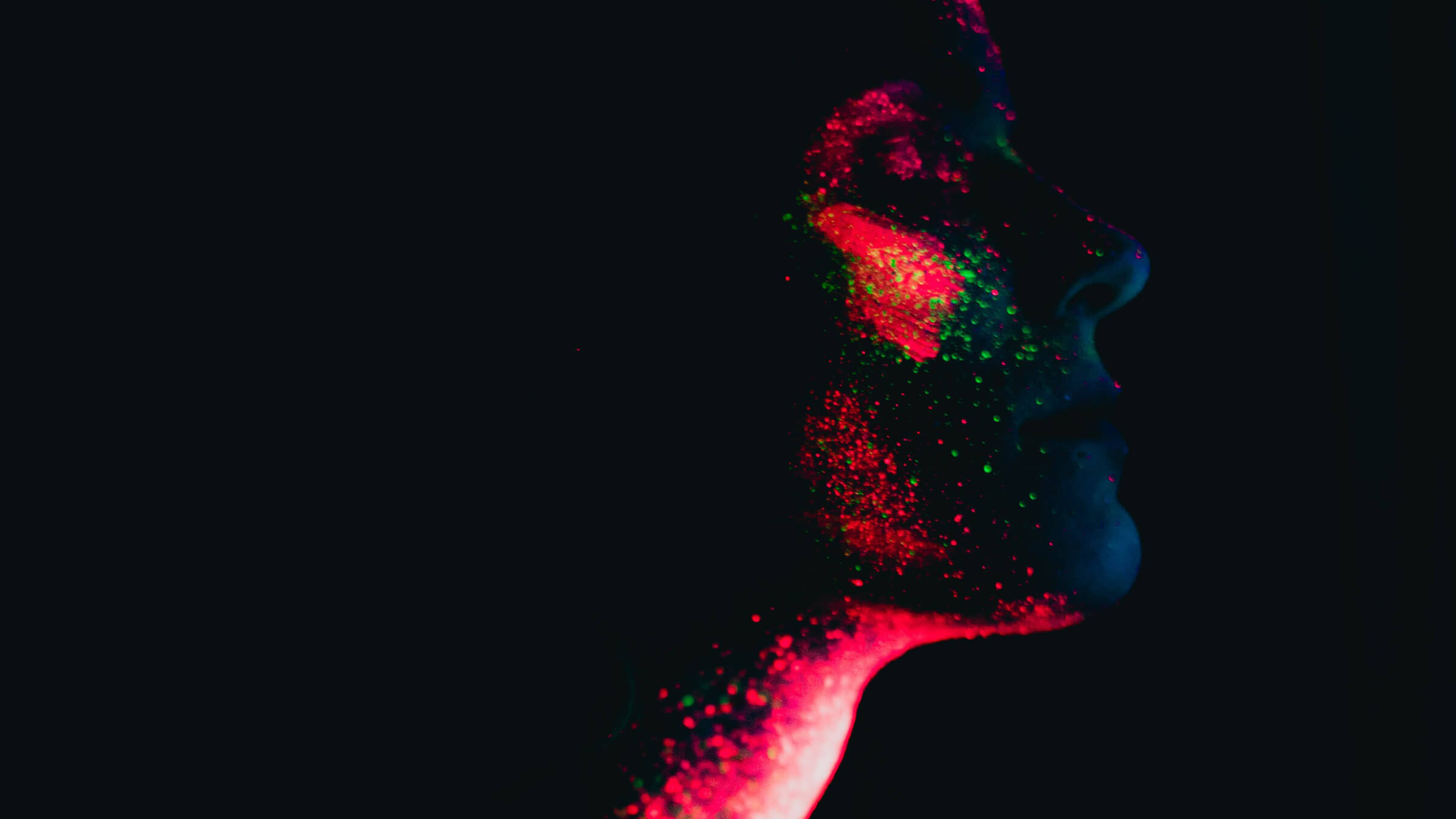
A Glimpse into the Future
Adobe Firefly is an AI-powered web design tool we’ve been experimenting with recently which is available online but also integrated with Photoshop and Illustrator. It showcases both the potential and challenges of AI in the industry. While it can automate complex design tasks, generate responsive layouts, and offer creative suggestions, it is crucial to use it as a complement to human expertise rather than a replacement.
The image below was 100% generated with AI using only a simple text prompt to “create an image that represents a WordPress Development company“. Pretty cool huh? However, take a closer look and there are some problems with the image a keen design eye would pick up.
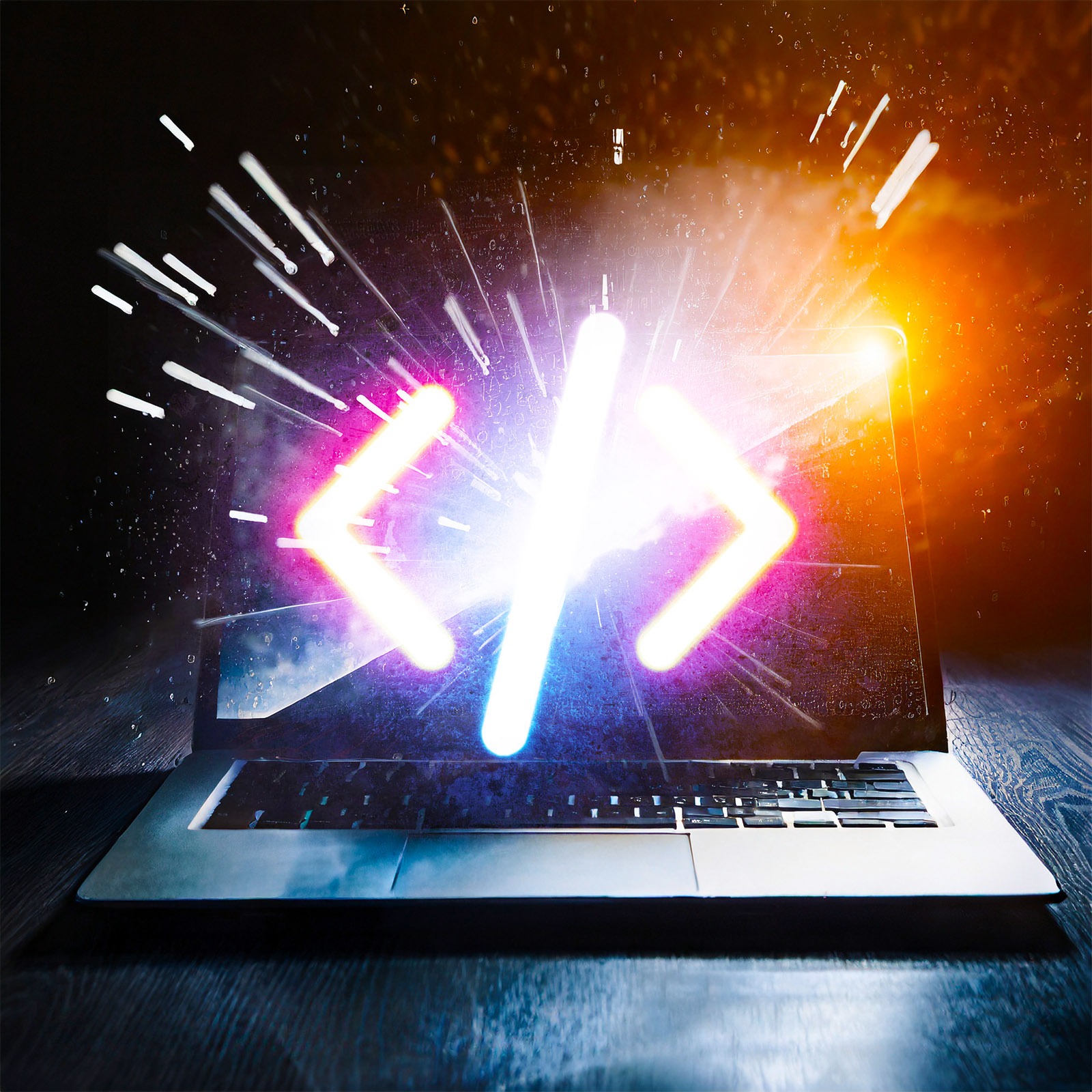
We also tried a few other prompts with less desirable results… AI seems to struggle with some photo-realistic humans traits. Another test resulted in a font built out of what looked like dismembered dogs… Won’t be sharing that one. Still, early days and sure these will all be dramatically improved in the near future. The Photoshop integration however is brilliant – especially the generative fill which we will be making use of in day-to-day design work.
ChatGPT (Chat Generative Pre-trained Transformer) is another interesting one you may have heard of. It is an AI-powered language model developed by OpenAI, capable of generating human-like text based on context and past conversations. It is super useful for prompts, ideas and suggestions but also lacks that experienced human touch.
ChatGTP also comes with the disclaimer:
ChatGPT may produce inaccurate information about people, places, or facts
Do with that what you will! It’s not only text it generates though – it is also capable of coding. “Won’t that replace your job?” someone asked me a few weeks ago. Not yet. I recently tested this concept for a small section of the project we did for Metallica – returning Spotify track IDs – which it diligently did… however they were all made up! Still a way to go there then. Some other routine day to day coding tasks however did prove useful and we will be working these in to our workflows.
The Pros of AI in Web Design
- Efficiency Redefined:
AI-powered tools can automate repetitive tasks, significantly speeding up the development process. This efficiency allows developers and designers more time to focus on intricate design aspects and user experience. - Data-Driven Insights:
AI analyses vast amounts of data to discern user behaviour patterns. By understanding user preferences, designers can create personalised, user-centric interfaces, leading to higher engagement and satisfaction. - Innovative Design Concepts:
AI algorithms can generate unique design suggestions, sparking fresh creative ideas that human designers might not have explored. This infusion of creativity can lead to groundbreaking and aesthetically pleasing web designs. - Enhanced User Experience:
AI can optimise websites in real-time based on user interactions, ensuring a seamless experience across various devices. Smart chatbots and virtual assistants powered by AI improve user engagement and provide instant support.
The Cons of AI in Web Design
- Lack of Human Touch:
One of the primary concerns with AI-driven designs is the potential loss of the human touch. Creativity, empathy, and emotional connection, elements vital in design, might be challenging to replicate artificially. - Ethical Dilemmas:
AI algorithms learn from the data they are fed, raising concerns about biases in the design process. Ensuring AI operates ethically and without discrimination demands careful consideration and oversight. - Limited Context Understanding:
While AI can analyse data, it might struggle to grasp the nuanced context of certain design decisions, leading to misinterpretation and potentially suboptimal design choices. - Dependency and Skill Erosion:
Excessive reliance on AI tools could lead to a decline in human designers’ skills, inhibiting their ability to craft unique, customised designs without automation.
In Conclusion
AI in web design, including tools like Adobe Firefly, is a double-edged sword.
While it offers unprecedented efficiency, data insights, and innovative ideas, it must be harnessed responsibly. By striking a balance between AI automation and human creativity, we, as a WordPress development agency, can usher in a new era of web design where technology amplifies, rather than diminishes, the artistry and uniqueness of our digital creations. As we navigate this exciting frontier, we remain committed to integrating AI thoughtfully, ensuring that our clients receive the best of both worlds – the precision of algorithms and the creativity of human design.
Got some useful AI tools or tips to share? Let us know on our social channels!


